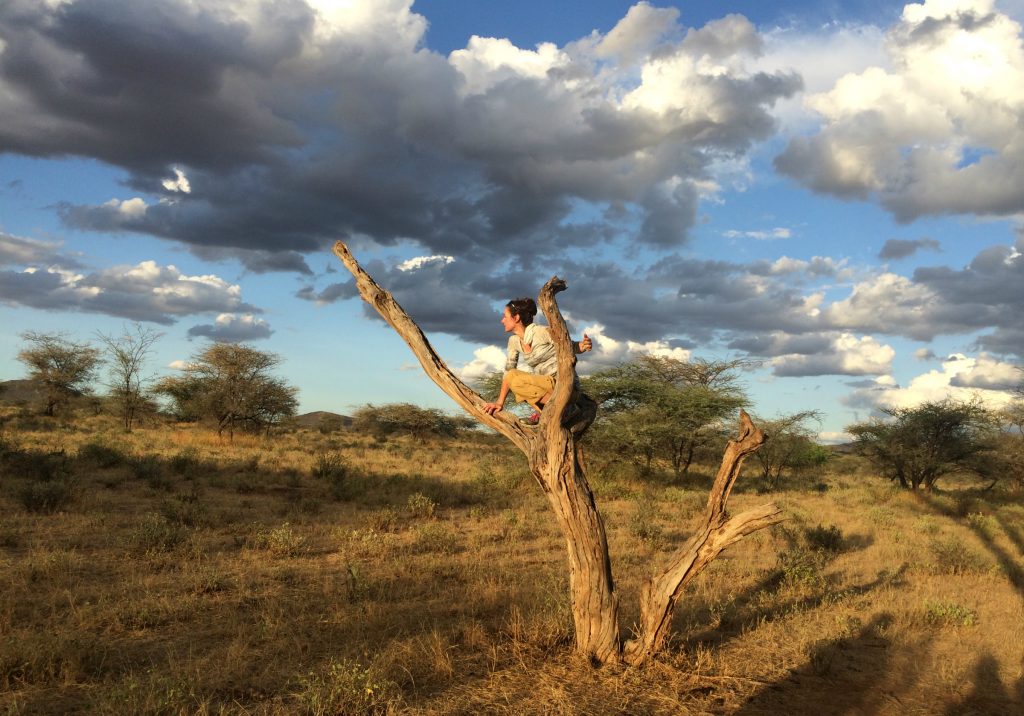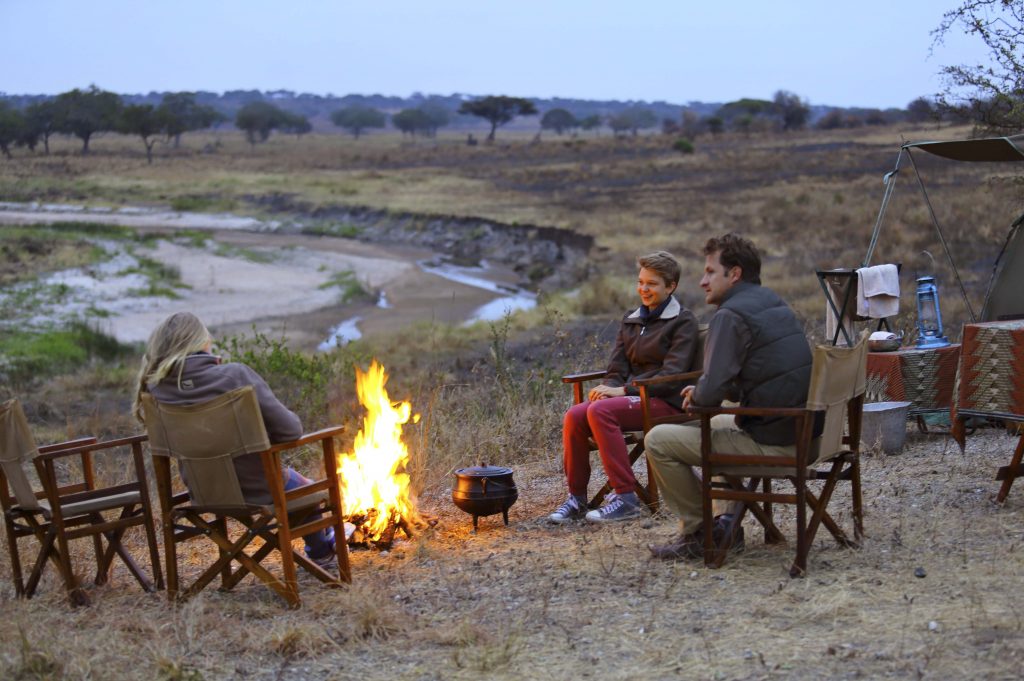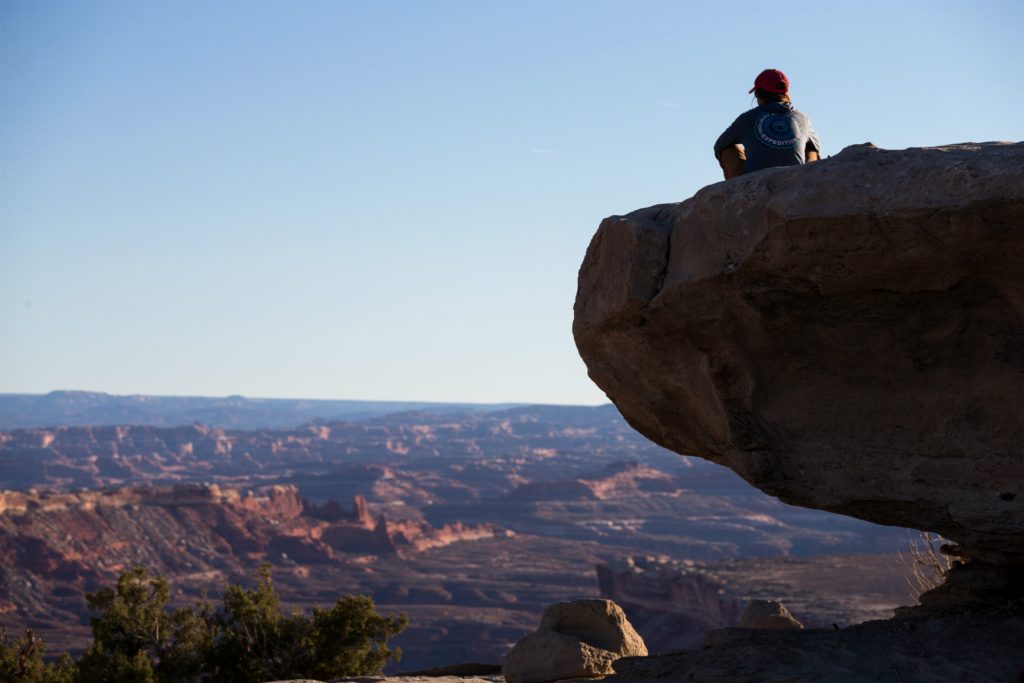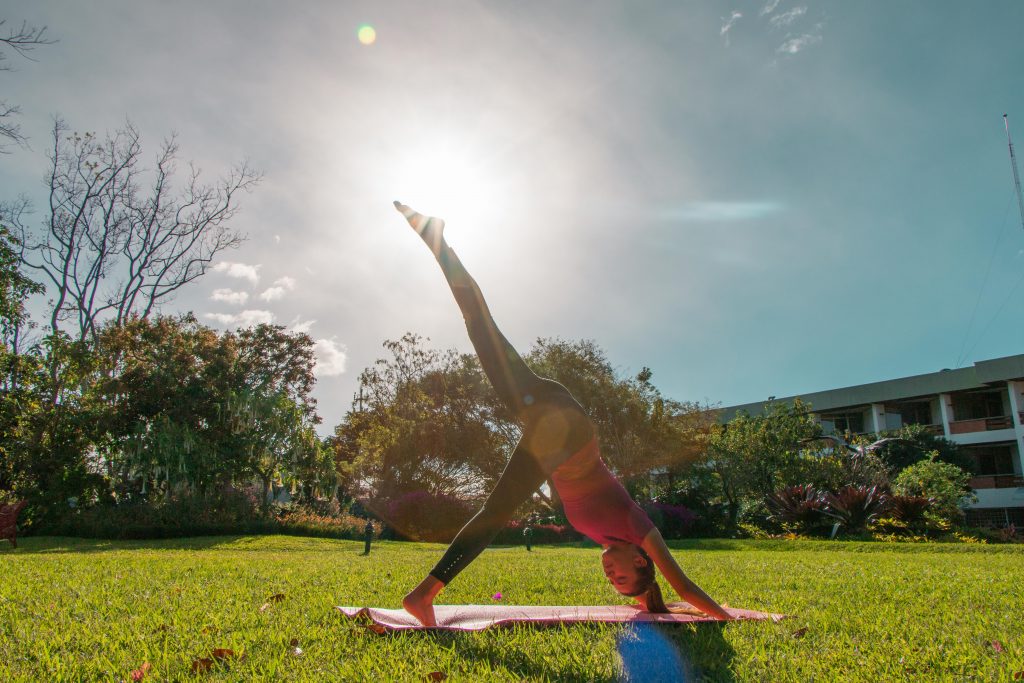Everyday the world seems to offer a new dose of chaos in the form of natural disasters, political turmoil, and cultural clashes. Add to that professional stress, personal priorities, and a constantly connected society, and it’s little wonder people are desperately in need of a break from it all. Perhaps it is no surprise, then, that travelers are increasingly putting mental health benefits at the forefront of their travel-related decisions by seeking out wellness-related itineraries and opportunities to unplug from their digital devices.
According to research conducted by the Adventure Travel Trade Association (ATTA) in 2017, physical and mental health are key motivators for travelers seeking adventure travel experiences. Yet, the Global Wellness Institute reported in 2017 that only seven percent of all leisure travel consisted of primarily wellness-focused trips, opening the door for tour operators interested in entering the space.
With travelers seeking out wellness-related experiences, tour operators have become more interested in creating offers meeting these needs. But designing trips prioritizing mental health and allowing for digital disconnection isn’t as easy as throwing together a couple meditation sessions and slapping a “wellness” label on the front. Several ATTA members have successfully launched these kinds of trips over the years. Their advice is invaluable for any companies hoping to reach this target market.
Creating a Wellness Itinerary
“You may have heard about people who return from a vacation saying they need a ‘vacation from their vacation,’” said Anne Wood, senior director of product at Mountain Travel Sobek. “In theory, a wellness trip should end with you feeling healthier than when you started — the way one feels after a really good hike or bike ride in a beautiful place.” A review of ATTA members’ offerings reveals the most common components of a wellness itinerary are yoga classes, fitness elements, healthy and/or vegetarian dining options, and time for guided meditation or mindfulness training. Depending on the destination, these wellness trips also often include excursions to hot springs, ice dips, saunas, and local forms of massage therapy.

The destination itself is an important consideration, of course. Yoga sessions offered against a naturally soothing backdrop like a rainforest on mountaintop, for example, set the stage better than those confined within four walls. Tour operators working in destinations such as India or South America have also tapped into local spiritual experiences allowing for introspection and healing. Regardless of the destination, one of the most important considerations is a trip’s pace. Avoid rushing from activity to activity, and build in plenty of downtime for travelers to decompress.
It is also essential to undergo proper vetting for trip leaders on these experiences. Some adventure travel companies have holistic health-trained coaches to guide these itineraries while others hire staff to join tours specifically to facilitate certain parts of the wellness experience. “A lot of emotional things can come up and certain space needs to be held for the travelers. Not only are they in a foreign land, but they may be stepping into space within themselves that they may have never been. It can be challenging and can bring a group together, or may have a few needing some space,” said Anne Kay, a trip designer for TRIBÙ Travel.
A Digital Detox
According to the 2018 Global Digital suite of reports from We Are Social and Hootsuite, more than 4 billion people around the world are now using the internet. Further, more than two-thirds of the world’s population has a cell phone, and most of them are smartphones. According to the 2017 Digital Future Report published by the Center for the Digital Future at USC Annenberg, the average American spends 23.6 hours online each week, while a different survey found the average Brit checks his or her phone 28 times per day, which is at least once per hour and more than 10,000 times a year.

It’s exhausting just reading those statistics, and the desire to escape from that constant connection by taking a “digital detox” is understandable. Those working in the adventure travel industry already had a leg up on many mass tourism destinations when it came to offering such getaways simply because many adventure destinations simply don’t have internet or Wi-Fi connection. In cases where a digital detox is the default option, tour operators work hard to communicate about connectivity challenges and mitigate potential conflict by managing expectations before trip departures.
Nonetheless, cutting the tie to electronics is tough: Even if they want to unplug, many travelers are afraid to do so completely for personal or professional reasons, or even out of concern for their safety. “I think what makes our travelers, particularly family travelers, feel safe with us is that they can go to these places without Wi-Fi connection, but I can reassure them that there are satellite phones so that they can be reached, or reach whoever they like, in a pinch. They don’t have to forfeit safety for an opportunity to unplug,” said Lana Byal, director of meaningful travel at Elevate Destinations.
“A wellness and detox itinerary needs an adjustment time at the beginning of the trip, one or two days max, where you build in activities and ‘wean off’ digital,” said Ana Ines Figueroa of Adventure & Landscape. She carries a camera and gives a copy of photos to travelers so their trips aren’t lived through a lens. “I want them to connect with the place and moment, and not walk through a landscape thinking of what the best Instagram post will be,” she said.
For those destinations with digital connectivity, tour companies have strategies for curbing use. At Run Wild Retreats + Wellness, travelers agree to limit technology use in group settings except to take photos. “We also encourage the runners to shut off their GPS watches in order to shift their mental focus away from pace-per-mile so they can focus more on running mindfully,” said Elinor Fish, CEO of the company. “This is uncomfortable for some, but that's the point. We want them to open up to experiencing running in a new way, one that involves running more by feel than by numbers. We give them some mindful running practices to focus on instead during our runs, then we debrief about those experiences during our Wellness Workshops after each run.”
Other companies and destinations, such as Stillpoint Lodge in Alaska, let clients determine their digital detox depth by offering the option to remove televisions, telephones, and Wi-Fi connection from their cabins.
Branding the Wellness Experience
Because of its natural connection with nature, adventure operators have been able to authentically incorporate wellness into their trip offerings. Some companies specialize specifically in these kinds of itineraries while others have taken their core specialization and integrated mental health elements into their itineraries. Still others work one-on-one with clients to design the wellness experience that best fits their specific needs and desires.

Fish said the goal at Run Wild Retreats + Wellness is to offer a truly transformational experience, so even though it is logistically more challenging to incorporate wellness aspects into adventure running tours, it is at the core of what the company offers. “This means selecting lodging partners that can provide us with private meeting spaces as well as wonderful hotel rooms and meals. This means training our retreat leaders extensively in the Mindful Running principles before they are qualified to lead a retreat on their own. In this way, they are a lot more than a tour guide; they lead by example, being present and mindful throughout the retreat, never letting themselves be distracted by their devices,” she said.
In addition to its traditional river rafting and mountain biking excursions, Holiday River Expeditions offers a series of Balance and Flow wellness experiences, which highlight its classic offerings overlaid with wellness features like yoga and vegan dining. And at Ker & Downey, travel designers facilitate itinerary design, but client priorities inform all aspects of the trip. “We work closely with our in-country partners to recommend vetted options with a focus on wellness, and fill our clients’ time with unique experiences that will keep them too engaged to be tempted to reach for their phone,” said Nicky Brandon, director of marketing and sales.
Addressing Challenges
Despite the trend that travelers supposedly want to disengage from electronics, managing client expectations related to digital connectivity is by far the largest challenge in developing wellness itineraries. However, tour operators working in this space have encountered other issues worth noting as they venture into this new territory.

“‘Wellness’ is a relatively new term, and it doesn’t necessarily mean the same for everyone,” said Sole Naranjo of Unique Adventures Costa Rica. “For some people it may mean a week of forest-bathing, sunset yoga, some massages, and quietly meditating. For others it may mean all of that plus some action, like zip lining, rafting, or power hiking. The key is to know what it is that each guest wants, in order to design the best experience possible.” For companies creating custom itineraries, this is a bit easier to mitigate than those trying to develop group experiences.
If holistic health means listening and responding to the body, this also creates challenges for those trying to develop trips incorporating wellness aspects into itineraries with a set schedule for transportation or other activities.
Finally, as more companies enter the wellness travel niche, tour operators will be challenged with making sure their itineraries add something special rather than simply replicating what travelers can get everywhere else. “Our biggest challenge at the moment is getting to know who our MT Sobek ‘wellness’ travelers are,” Wood said about Mountain Travel Sobek, which is launching its first wellness trips in 2019. “MT Sobek is not attempting to create a wellness trip that is like most existing wellness programs – we are not necessarily going after the same people. We want to offer ‘wellness, MT Sobek-style,’ which means offering the same type of adventure our MT Sobek travelers have come to expect from us, but incorporating aspects of a wellness experience into that adventure.”
